JKPSC KAS Mains 2022 Public Administration Paper 2:
INSTRUCTIONS
Please read each of the following instructions carefully before attempting the paper.
(i) There are eight questions divided in two Sections and printed in English. Candidate has to attempt Five questions in All. Questions No. 1 and 5 are compulsory and out of the remaining, any Three are to be attempted choosing at least One question from each Section. The number of marks carried by a Question/Part is indicated against it. Answers must be written in English in Question-Cum-Answer (QCA) Booklet in the space provided.
(ii) Your answer should be precise and coherent.
(iii) If you encounter any typographical error, please read it as it appears in the text book.
(iv) Candidates are in their own interest advised to go through the general instructions on the back side of the title page of the Answer Script for strict adherence.
(v) No continuation sheets shall be provided to any candidate under any circumstances.
(vi) No blank page be left in between answer to various questions.
SECTION- A
1. Answer the following questions in roughly 150 words each: (5 x 10 = 50)
(a) Briefly evaluate Kautilya’s contribution to the evolution of public administration and administrative structures. (10)
(b) Discuss the evolution of Public Administration in India since the British times. Do you agree that the philosophy of administration today has moved away from its colonial legacy. Comment. (10)
(c) Trace the evolving trajectory of the District Administration in contemporary times and highlight the changing nature and function of the District Collector. (10)
(d) What are the different elements of good governance? Briefly examine the steps taken to ensure good governance in contemporary times. (10)
(e) ‘Liberalisation and privatisation brought about catalytic changes in the manner Public Administration was viewed in the post globalisation period’. Comment. (10)
2. (a) Briefly analyse the need for a sound budgeting system and examine the economic and social implications of budget. (20)
(b) How does administration reconcile the Rural-Urban divide to mitigate the issue of Lop-Sided Development? Discuss. (15)
(c) ‘Citizens’ participation in local governance is essential for the success of decentralization’. Discuss. (15)
3. (a) Discuss the strength and weaknesses of administration in the implementation of rural development programs. (20)
(b) Examine the role of finance commission with reference to the measures of financial accountability adopted by it. (15)
(c) How have the Panchayati Raj Institutions strengthened participatory democracy? Evaluate their role and performance at the grassroots level. (15)
4. (a) What are the major areas of administration, where Administrative Reforms Commission (ARC) has made recommendations for improvement? Discuss. (20)
(b) What is the significance of National Human Rights Commission? Evaluate its performance since its inception. (15)
(c) ‘Legislative control over the executive is one of the basic tenets of democratic government’. Discuss some of the major forms of legislative control. (15)
SECTION- B
5. Answer the following questions in roughly 150 words each: (5 x 10 = 50)
(a) What is a disaster? Briefly examine the various mechanisms to address disaster in India. (10)
(b) “Maintenance of law and order being a state subject is faced with new challenges in the present times”. Discuss the changing nature and scope of law enforcement, involving the Center and State. (10)
(c) What do you understand by district administration? Briefly outline the various functions of the district administration. (10)
(d) What are the constitutional provisions that are intended to make the office of Comptroller and Auditor General, independent and impartial? Elaborate. (10)
(e) Neutrality is an instrument of the bureaucracy for good governance. Comment on the above statement in the light of the debate on committed bureaucracy. (10)
6. (a) How is the idea of good governance impeded by political corruption? Give your answer with reference to criminalization of politics. (20)
(b) What are the good governance strategies adopted in India for bringing about administrative development? Examine. (15)
(c) ‘Public sector undertakings [PSUs] are the most overfed part of the undernourished economy’. In the light of the above statement suggest how PSUs can improve their functioning. (15)
7. (a) Discuss the nature of centre and state administrative relations in India during the last two decades. (20)
(b) How does administration cope with the challenges of globalization? With reference to these challenges, discuss the various dimensions of the local-global debate. (15)
(c) ‘Parliamentary democracy needs effective coordination and communication between the executive and legislature’. Critically examine the above statement in the light of declining role and credibility of legislative organs in the executive decision making and other functions of the state. (15)
8. (a) What are the problems in the structure and functioning of the state administration in India? What are your suggestions to tackle them? Discuss. (20)
(b) ‘The 73rd and 74th constitutional amendment Acts have revitalized the local administration in the rural and the urban areas’. Discuss. (15)
(c) ‘National Development Council [NDC] is one of the key organizations of the comprehensive planning system in India.’ In the light of the above statement, examine the role and relevance of the NDC. (15)
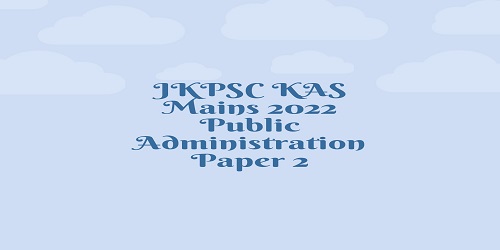
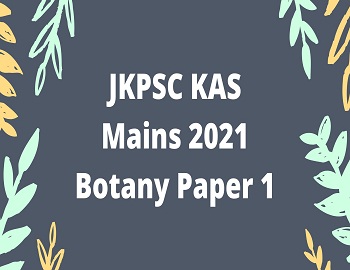

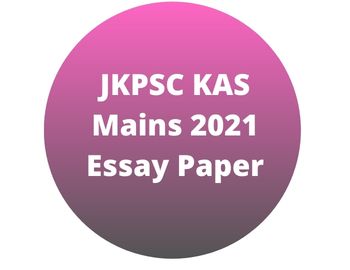

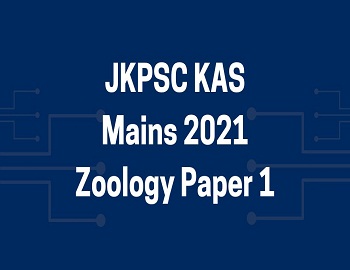
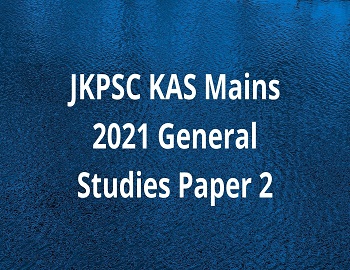
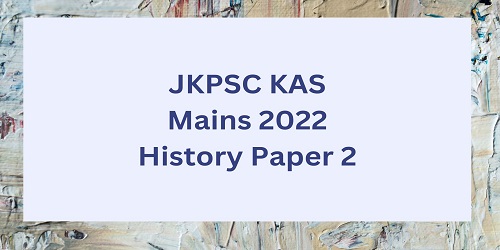
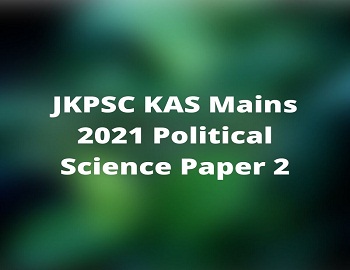
Comments (No)